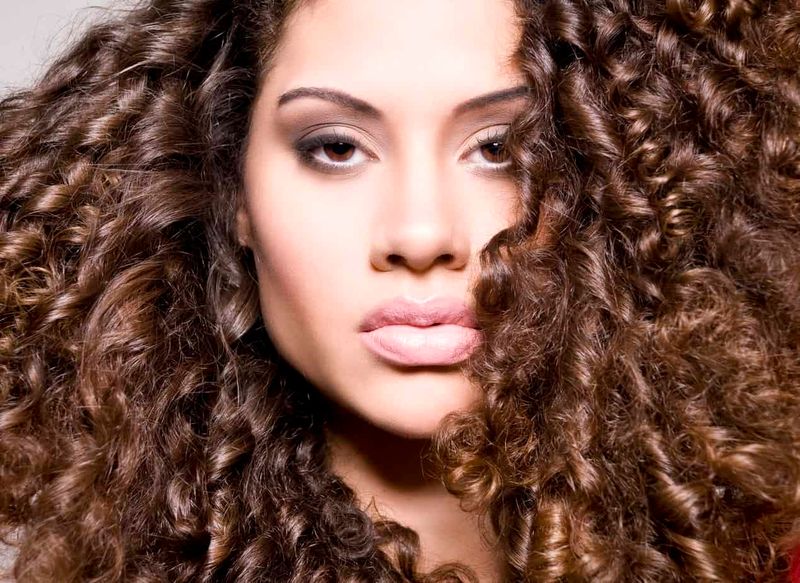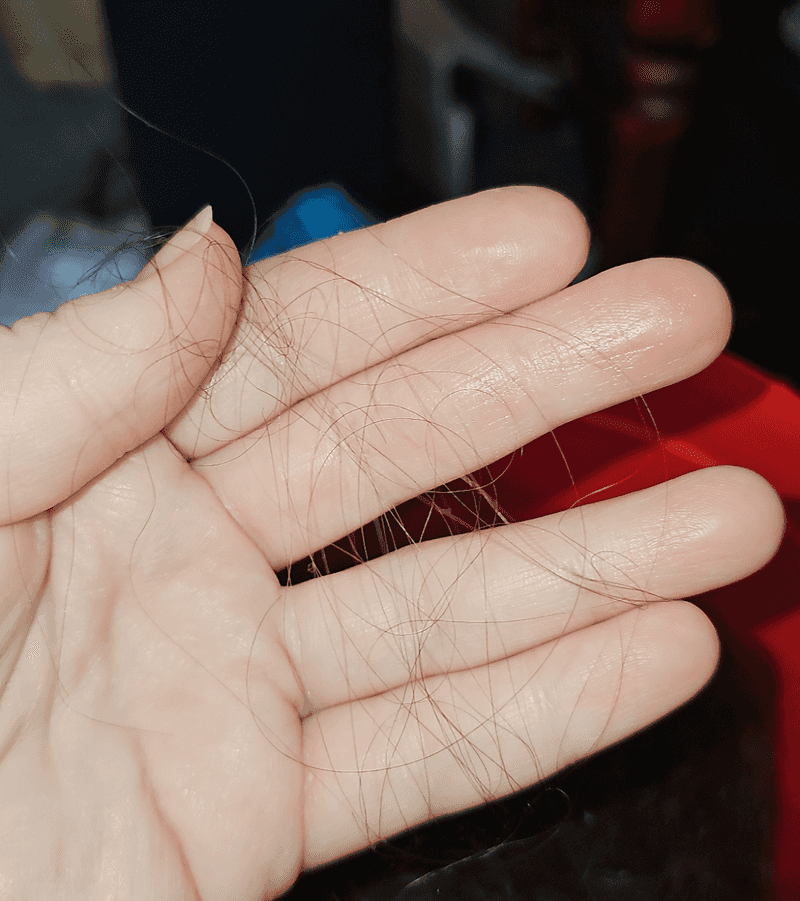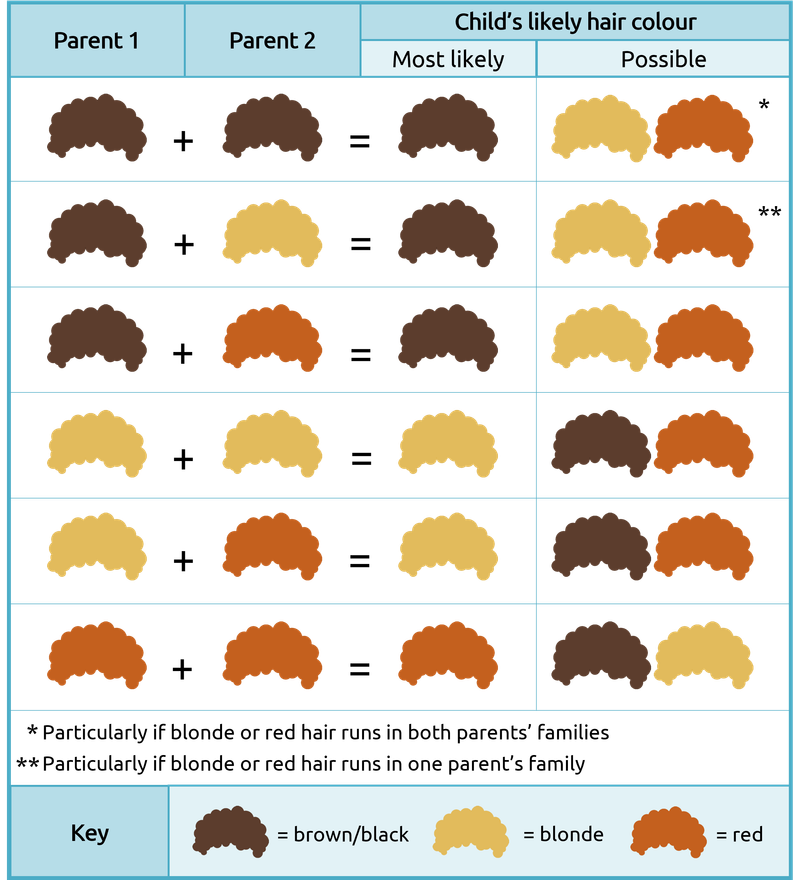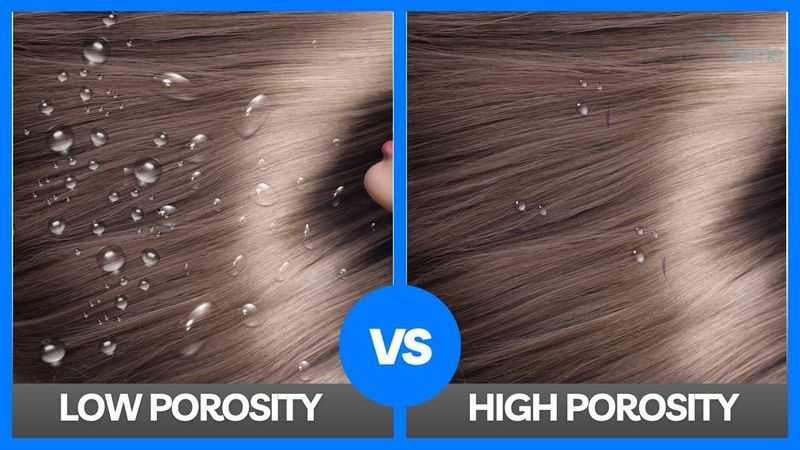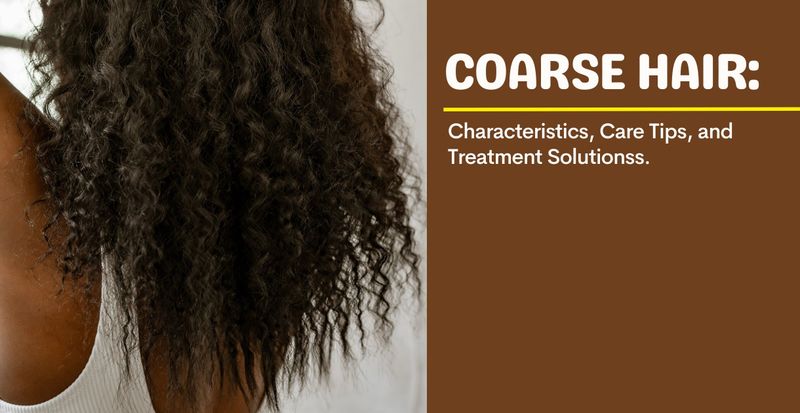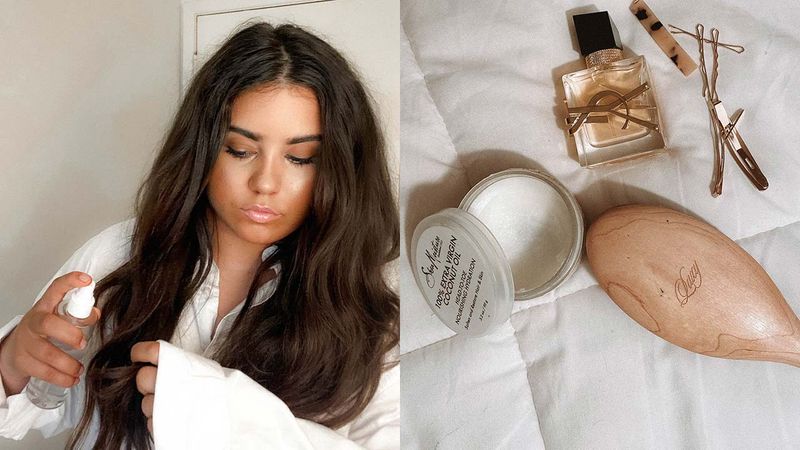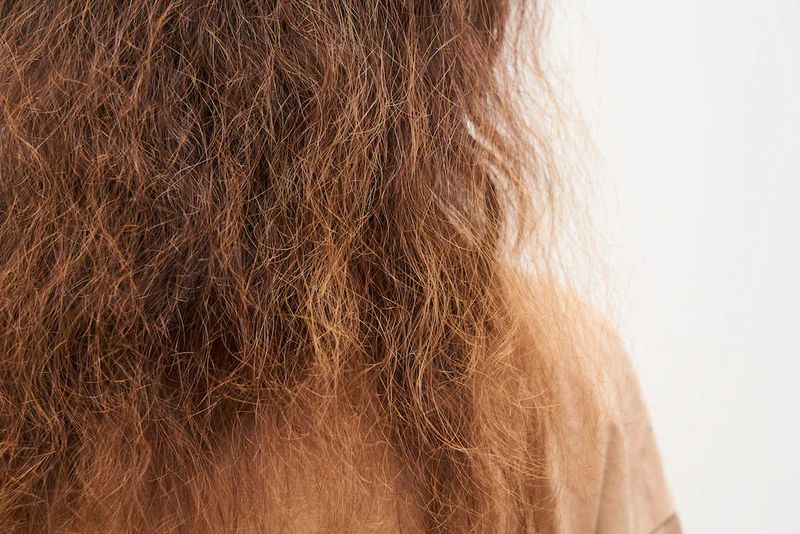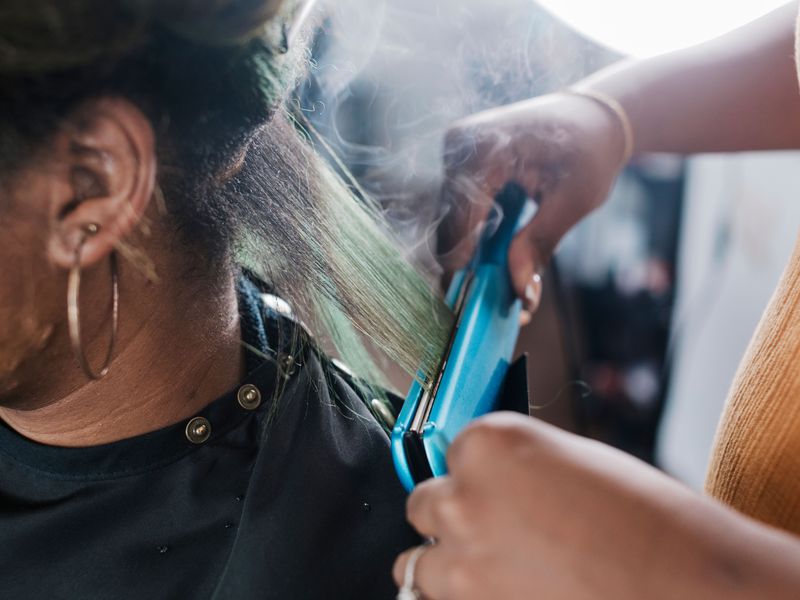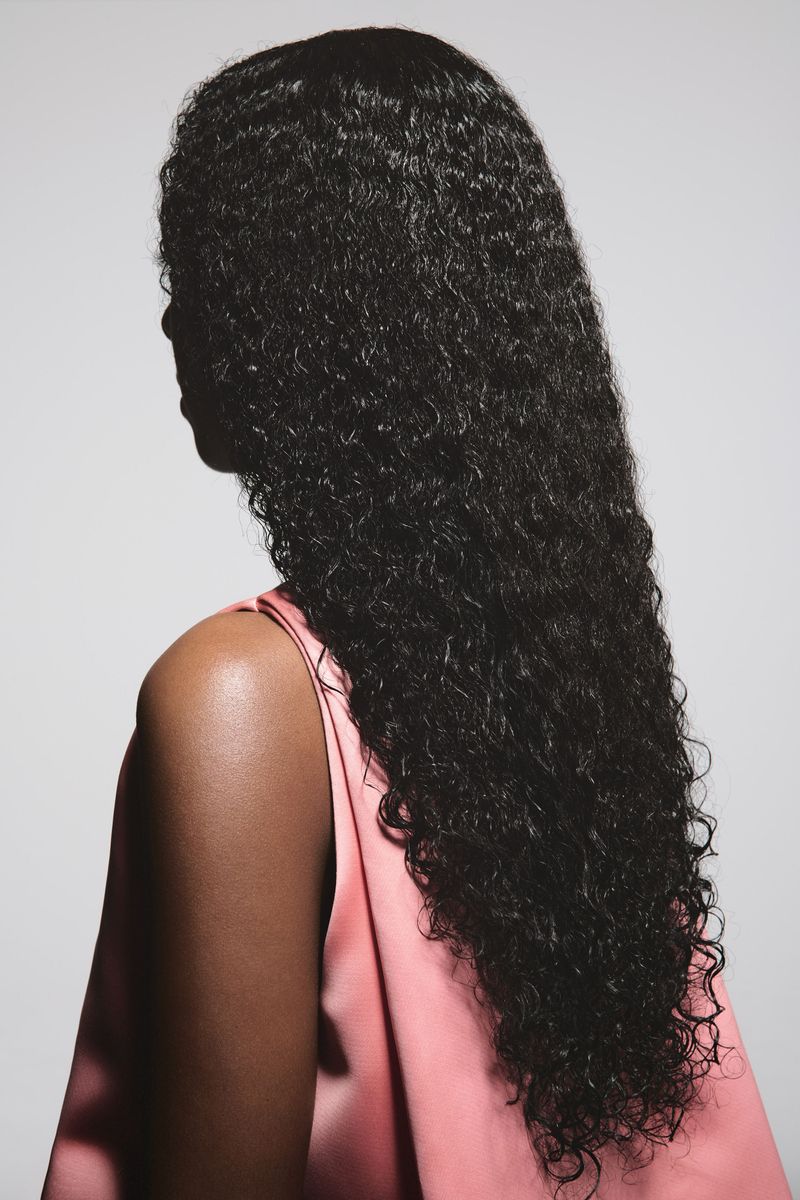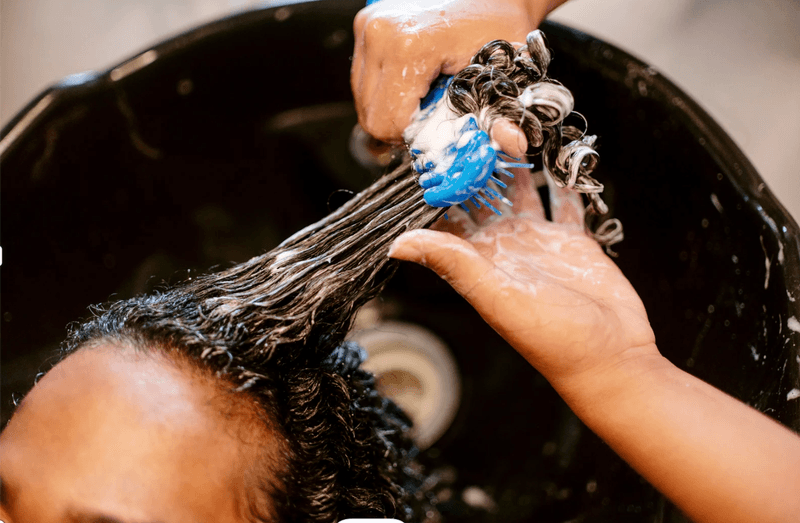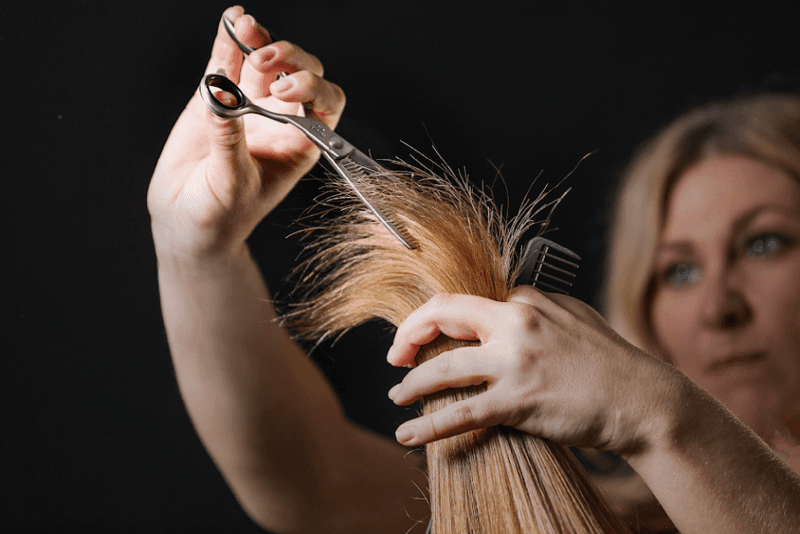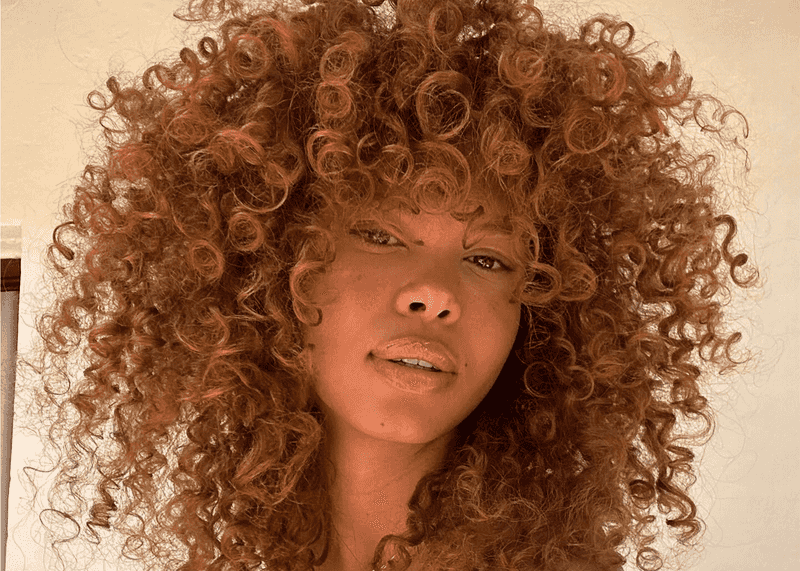Coarse hair can be both a blessing and a challenge, characterized by its thick, sturdy strands that often have minds of their own. Understanding what makes hair coarse and how to properly care for it can transform frustrating hair days into gorgeous, manageable styles. Whether you were born with coarse locks or noticed changes in your hair texture over time, these insights will help you embrace and enhance your hair’s natural beauty.
1. The Science Behind Coarse Hair
Coarse hair has a larger diameter than fine or medium hair types. The thicker cuticle layer provides natural strength but can make styling challenging.
Genetics play the biggest role in determining your hair’s thickness from birth.
2. Identifying Coarse Hair Texture
Run a single strand between your fingers—coarse hair feels thick and sturdy, like a small piece of fishing line. It typically resists bending and snapping.
Look for strands that maintain their shape when manipulated.
Related: -7 Straight-Hair Problems No One Talks About And 8 Easy Fixes That Shine
3. Genetic Factors That Determine Hair Thickness
Your DNA blueprint largely determines your hair’s thickness. Certain ethnic backgrounds—including Asian, African, and Mediterranean—commonly feature naturally coarse hair textures.
These genetic traits typically remain consistent throughout your life.
4. Hormonal Influences on Hair Texture
Pregnancy, menopause, and thyroid conditions can transform fine hair into coarse strands. Androgen hormones especially impact hair follicle size.
These changes might be temporary or become your new normal depending on the underlying cause.
5. Environmental Factors That Coarsen Hair
Hard water minerals build up on strands, creating a rough, stiff texture that mimics natural coarseness. Sun exposure can also damage the cuticle.
Pollution particles attach to hair, making it feel thicker and more brittle over time.
6. Coarse Hair’s Relationship With Porosity
Contrary to popular belief, coarse hair often has low porosity. The thick cuticle layers resist moisture absorption, causing water to bead on strands.
Products tend to sit on top rather than penetrate, creating potential buildup issues.
7. The Frizz Factor With Coarse Hair
Coarse strands have more surface area to absorb humidity, making them particularly frizz-prone. Each individual hair expands independently when exposed to moisture.
The thicker diameter means more noticeable expansion compared to finer hair types.
8. Surprising Benefit: Natural Volume
Coarse hair naturally creates impressive volume without teasing or products. The thicker diameter means each strand takes up more space on your scalp.
Even with fewer total hairs, coarse strands create the appearance of fuller, more abundant locks.
9. Oil Distribution Challenges
Scalp oils struggle to travel down coarse hair shafts, leading to dry ends despite an oily scalp. The hair’s thickness creates a longer journey for natural sebum.
This oil imbalance often results in the classic combination of greasy roots and parched tips.
10. Protein Sensitivity in Coarse Hair
Already structurally strong, coarse hair often reacts poorly to protein-heavy treatments. Too much protein creates stiffness, brittleness, and that characteristic “crunchy” feeling.
Focus on moisture-based conditioners instead of protein-packed formulas for better results.
11. Heat Styling Resilience
Coarse hair withstands heat styling better than finer textures. The thicker structure requires higher temperatures to create lasting styles.
This natural resilience means less damage from occasional heat styling, though protection products remain essential.
12. The Weight Factor in Styling
Coarse hair’s substantial weight pulls down curls and waves faster than lighter textures. Gravity works against volume at the roots throughout the day.
This natural heaviness makes certain styles more challenging to maintain without strategic cutting and product support.
13. Optimal Washing Frequency
Coarse hair benefits from less frequent washing—typically 1-2 times weekly. Natural oils take longer to travel down thicker strands.
This extended time between washes allows beneficial sebum to condition hair naturally without creating excessive oiliness.
14. Choosing the Right Shampoo Formula
Skip sulfate-heavy clarifying shampoos that strip coarse hair of needed moisture. Look for hydrating, sulfate-free formulas with natural oils.
Creamy, moisturizing shampoos that feel rich in your hands typically work best for thicker hair types.
15. Deep Conditioning Essentials
Weekly deep conditioning treatments are non-negotiable for coarse hair health. Apply to damp hair and cover with a shower cap to trap heat.
Leave on for 20-30 minutes—the extra time allows products to penetrate thick strands effectively.
16. Detangling Techniques for Minimal Breakage
Always detangle coarse hair when wet and slippery with conditioner. Start from the ends and work upward using a wide-tooth comb.
Patience prevents breakage—rushing through tangles damages even naturally strong coarse strands.
17. Haircut Strategies for Manageability
Strategic layers remove bulk without sacrificing length in coarse hair. Avoid blunt cuts that create triangle or pyramid shapes.
Textured ends allow movement and prevent the heavy, weighed-down appearance that makes styling difficult.
18. Protective Sleeping Habits
Cotton pillowcases create friction that roughens coarse hair’s cuticle layer overnight. Switch to silk or satin pillowcases to maintain smoothness.
Loosely braiding thick hair before sleep prevents tangling and preserves styles longer than leaving it loose.
19. Embracing Your Hair’s Natural Texture
Fighting against coarse hair’s natural tendencies creates ongoing frustration. Identify your true texture pattern—straight, wavy, curly, or coily.
Choose styles that work with your natural pattern rather than constantly forcing it into submission.


